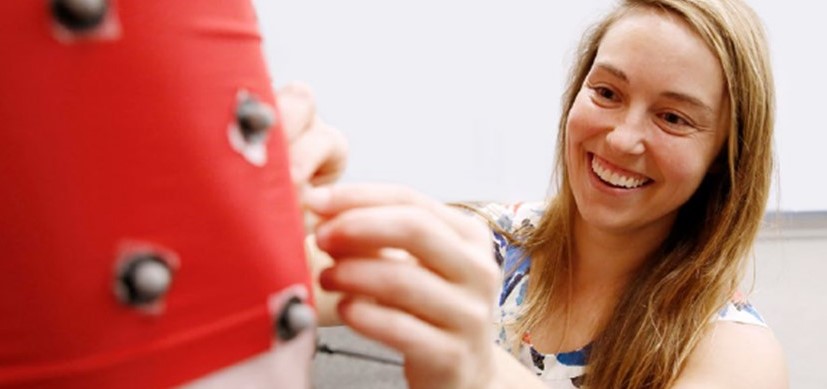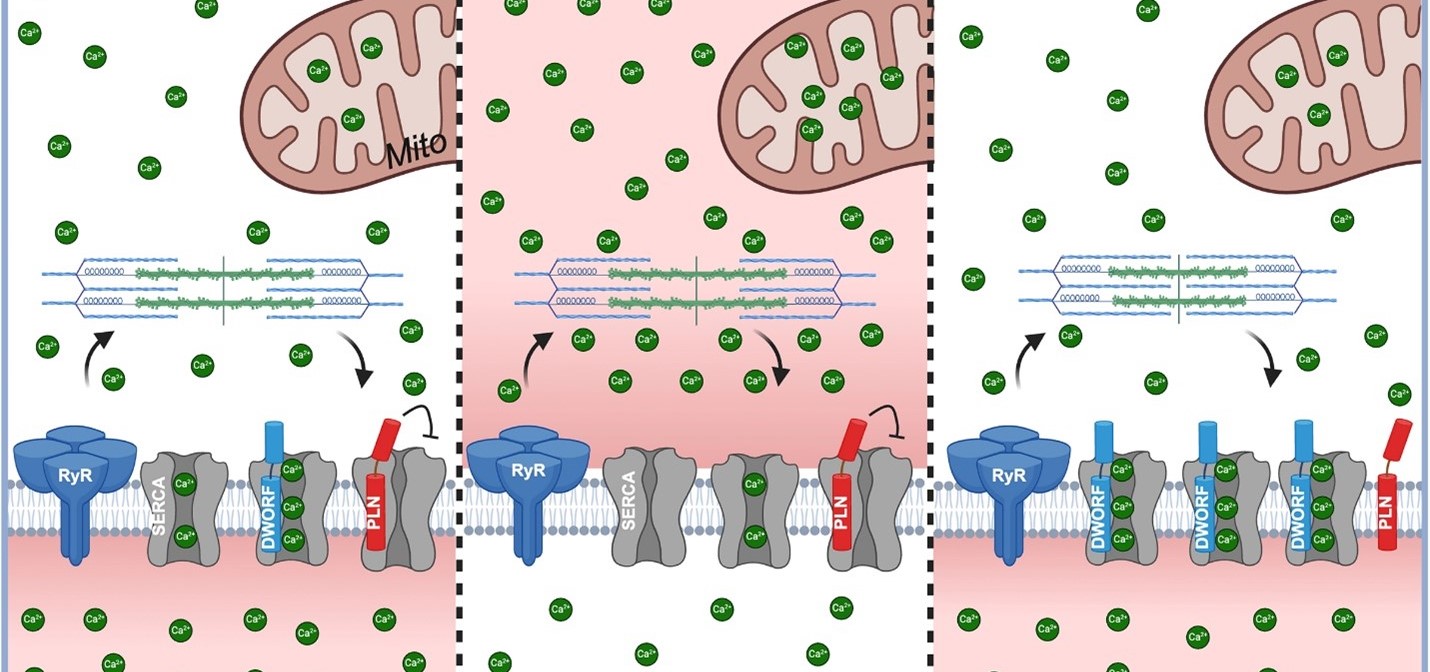An Amazing Journey to Explore the Mind
Post Date: July 3, 2019 | Publish Date: Spring 2019

One study underway at the new Center for Pediatric Neuroscience explores the mysteries of spreading depolarizations, popularly referred to as ‘brain tsunamis.’
As far as we know the human brain is the most complex structure in the universe.
That’s what Cincinnati Children’s neuroscientist Steve Danzer, PhD, tells his students at the University of Cincinnati College of Medicine (UC), where he’s an associate professor of Anesthesiology. However, while the brain’s complexity makes the jobs of these future doctors and scientists more difficult, the brain’s ability to restructure and rewire itself creates opportunities for developing entirely new therapies.
About the size of two clenched fists, this oblong globe of tissue fits 200 billion electrically sensitive neurons and glia cells and more than 100 trillion synapses into our heads. The components all work together inside that relatively small space to help make us what and who we are. It controls the function of our organs and limbs, is capable of logic, reason, love, hate and fear and can burst forth with brilliant creativity.
Danzer’s challenge—and that of his colleagues in the Center for Pediatric Neuroscience—is to figure out more about how it works and why. Scientists and physicians see great potential to use the brain’s abilities to improve medicine and human health. To some extent medicine already does this, but there is still far more about the brain that we don’t know than we do.
“Neurology and neuroscience affect almost everything,” says Danzer, center director and a neuroscientist in the Department of Anesthesia. “We know the brain has tremendous adaptive capabilities—like restructuring itself to recover the ability to walk or speak after stroke—but these endogenous processes often are insufficient. We need to learn more about how the brain repairs itself so that we can help these processes to work better, and prevent them from going wrong and producing pathological outcomes, like chronic pain.
That journey is still relatively early, according to Danzer. A lot more foundational science work is needed.
“We are getting a good understanding of how neurons and individual cells work and how neural networks work,” Danzer explains. “Our hope is that we get to a point where we can understand the bigger questions about behavior, emotion and consciousness. We’re not there yet and the answers are still kind of wide open.”
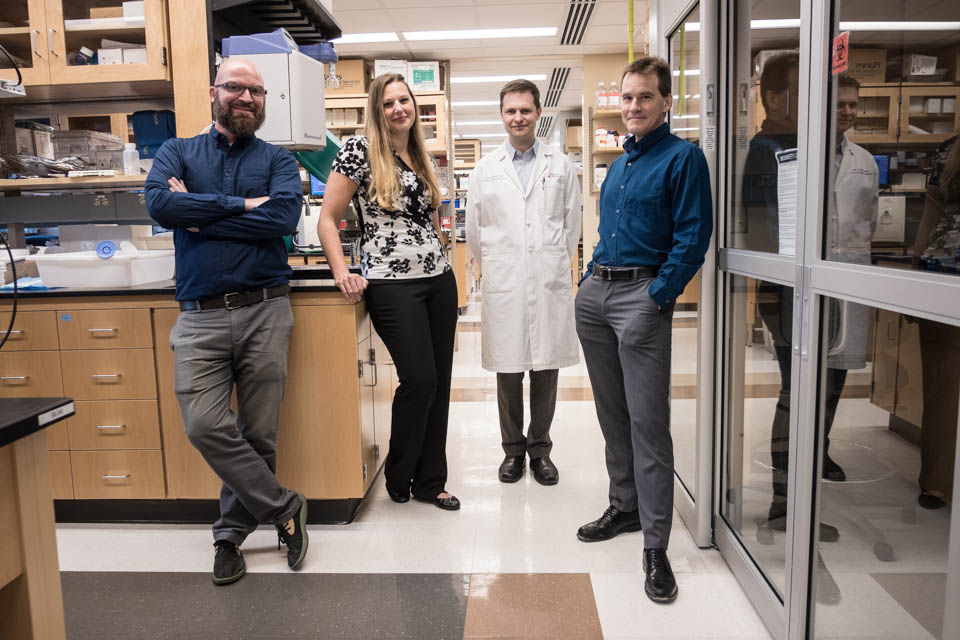
Endless Forks in the Road
Hundreds of studies and related projects focused on the neurosciences are underway at Cincinnati Children’s and its research affiliate, UC. They point in a multitude of different and often complementary directions.
The Center for Pediatric Neuroscience serves as a centralized scientific clearing house. It helps basic scientists in laboratories and physicians in patient clinics find each other.
“Numerous skill sets are involved in neurosciences—all the way from psychology and psychiatry where people work with patients to studying gene mutations and subcellular structural changes in neurons,” Danzer says. “We have a very strong neurosciences group at Children’s and UC. The center makes it easier for clinicians and basic scientists to coordinate our research and overall efforts.”
So far about 60 basic scientists and physician-scientists have joined the center’s expanding lineup.
Some teams study the molecular processes underlying the formation of neural circuits in the spinal cord. Others study neuroplasticity—the ability of the brain to use its muscle-like characteristics to adapt and recover from injuries and illnesses.
Other studies seek to identify the molecular processes that cause brain and central nervous system diseases—including epilepsy, autism spectrum disorders, cancer, hydrocephalus, sleep disorders and more. Still others specialize in biomedical informatics, where computer algorithms and systems biology concepts can be applied to analyze massive amounts of biological data.
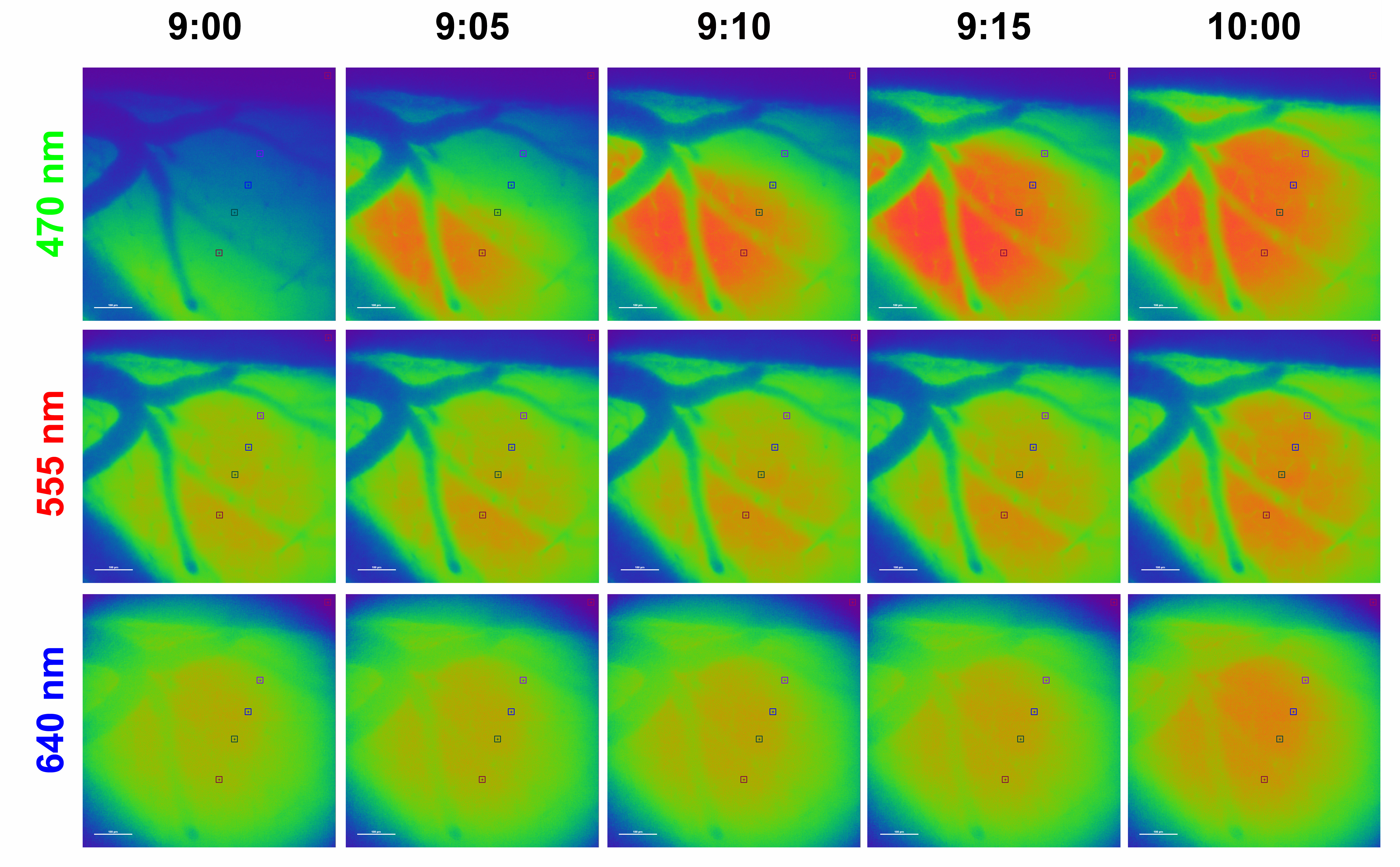
Chasing Tsunamis
One study underway at the new center explores the mysteries of spreading depolarizations (SDs), popularly referred to as “brain tsunamis.”
Scientists know these fluctuating waves of neural activation can spread throughout brain’s cortex, but no one knows exactly what they mean. Are SDs a symptom or biomarker of brain problems, or a cause? Do they have diagnostic potential?
Some of these tsunamis appear linked to the strange dizzy feeling or “aura” that some people feel before agonizing migraine headaches. Depolarizations also can occur after traumatic brain injuries and among people with epilepsy or other kinds of brain seizures.
“There is still a debate in the field over whether spreading depolarizations are good or bad and if they should be prevented or stopped,” explains Candi LaSarge, PhD, a neuroscientist working with Danzer and pediatric neurosurgeon Jesse Skoch, MD, to find out.
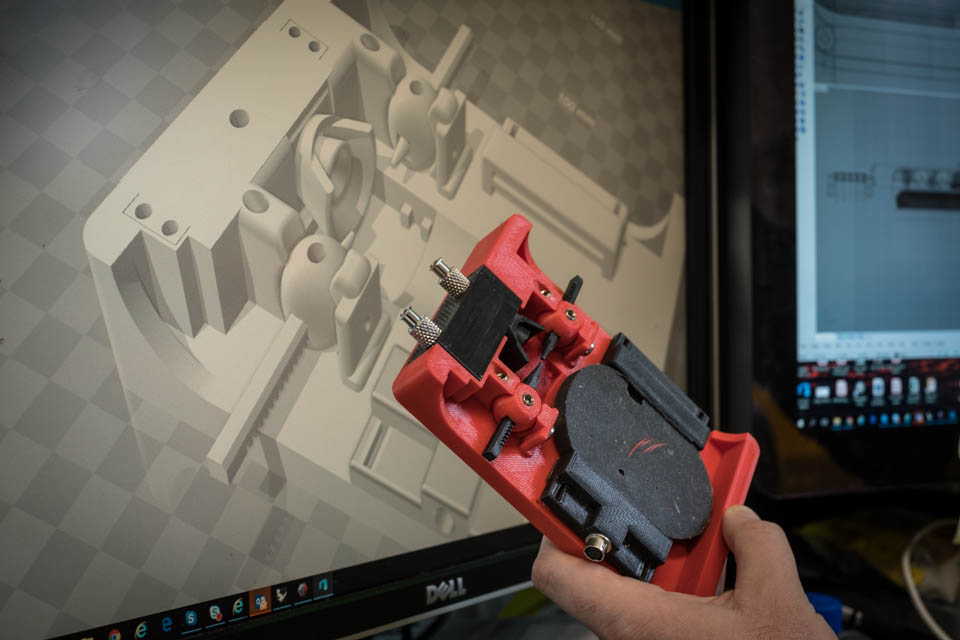
Basic research about SDs has lagged in part because current technologies allow viewing them only to a limited degree. To change that, LaSarge, Skoch and Danzer worked with Matt Batie in our 3-D Printing and Design Engineering service to develop a tiny stereotaxic frame that lets researchers measure SD intensity with high clarity in living mice.
The 6- by 4-inch black box is equipped with optical imaging and anesthesia access ports that allow a confocal electron microscope to record SDs in mice with brain tissues tagged to “light up” as the waves spread. The team plans to use the tool to map SDs in real time while modeling seizures, brain injury, and other conditions.
“Clinically we don’t have highly effective or sensitive ways to observe and monitor brain activity during spreading depolarizations in people,” says Skoch, who operates on children with epilepsy and other neurological conditions.
“This research eventually will give us a diagnostic tool for injured brains or those with disease. Being able to visualize activity with the device gives us a sensitivity that electrodes cannot, which allows us to study SDs in ways that we could not before.”
More to Come
The SD project highlights a key goal of the new center—to meet the challenges of advancing neuroscience in the 21st century by bringing together basic scientists, clinicians, engineers, bioinformatics specialists and other experts.
“Our combined efforts will be essential if we are to gain an understanding of the most complex structure in the universe,” Danzer says.
—By Nick Miller



